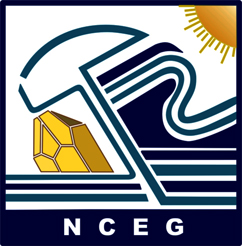Use of gravity and geoid data in the study of tectonic structures: A case study in Pakistan with reference to October 08, 2005 earthquake
Zulfiqar Ahmad and Muhammad Sadiq
Department of Earth Sciences, Quaid-i-Azam University, Islamabad, Pakistan
Geoid signals can give important information about the subsurface density structure of the earth and can be utilized for location of mass anomalies at depth. Due to long wavelength characteristics, the geoid can be more useful in studying the regional anomalous structures. Pakistan is one of the active tectonic region and capable of generating earthquakes of mild to high intensity, especially along the plate boundaries. The October-08 Kashmir earthquake occurred due to the collision of plates below the Main Boundary Thrust (MBT), a major fault. This study encompasses the impact of geoid model, gravity, topographic and satellite data that were used for detecting tectonically active plate boundaries responsible for generating earthquakes. To circumvent the hypothesis a precise gravimetric geoid model has been developed in the central part of Pakistan using least square collocation technique which showed a deviation of 12 cm between the RMS fit of the geoid with GPS-Leveling data. Besides, GRACE satellite gravity data have been utilized in the detection of tectonic boundaries, mainly in Pakistan but also in the adjoining areas. The monthly gravity solutions of GRACE satellite data have been compared for the year 2005 to establish the relationship of time variable gravity field with tectonic structure. It has been observed that the horizontal gradient of the geoid and tectonic movement can be related to each other. A significant correlation can be seen between the lateral geoid gradient and distribution of earthquakes in Pakistan. The position of major earthquakes appears to exist in the areas of maximum geoidal slope. |



